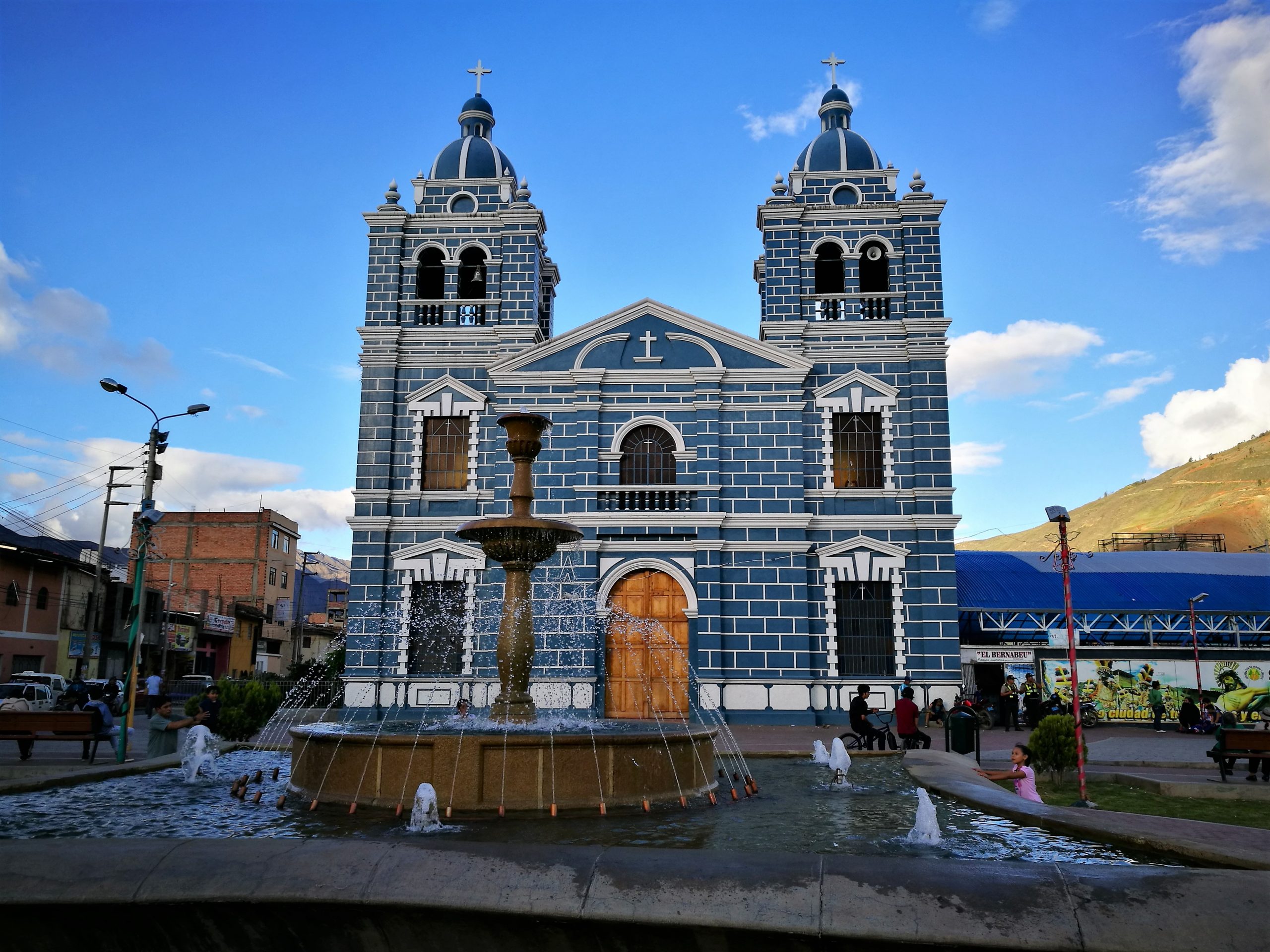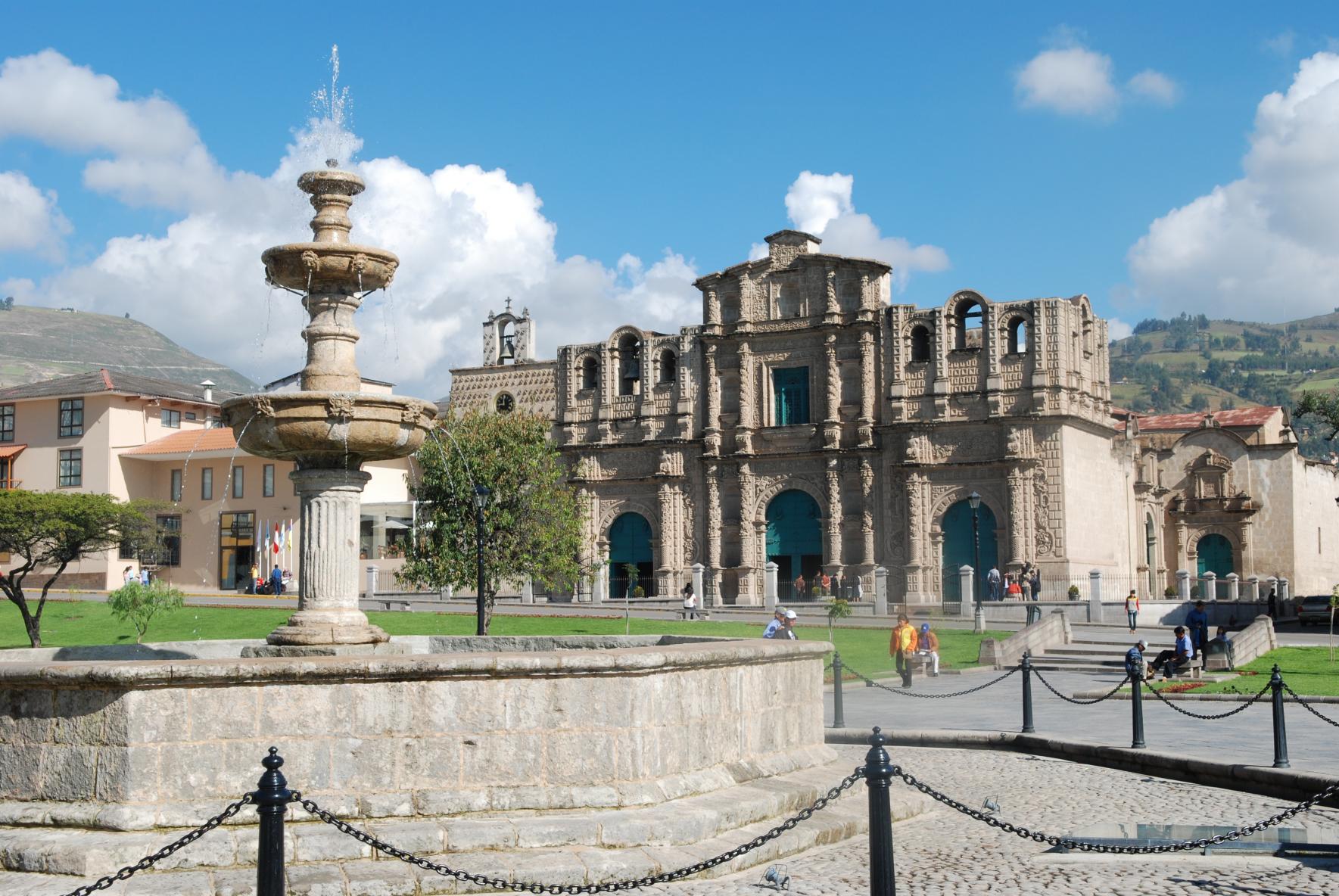






Huanuco
Since time immemorial, Huanuco has witnessed many major events in Peruvian history. It was here that archaeologists found traces of human occupation in Lauricocha, the oldest settlement in Peru, and Kotosh, the Temple of the Crossed Arms, held to be the oldest in the Americas. Other important pre-Inca archaeological sites are Tantamayo and Garu.
When the Incas annexed Huanuco into their empire, the city became an obligatory way station along the route between Cuzco, the imperial capital, and Cajamarca, the most important city in the northern part of the Inca empire, the Tahuantinsuyu. The Incas left behind a complex of more than 3,000 constructions at Huanuco Pampa.
Founded in 1539, the city was the seat of a major cultural movement during colonial times, which can be seen from the architectural style of buildings such as the Cathedral and the churches of San Francisco and San Cristobal, which also house valuable collections of colonial art.
Just a few hours from the city of Huanuco, the capital of the department of Huanuco, lies Tingo Maria, the town that lent its name to the Tingo Maria National Park, which shelters a staggering variety of flora and fauna.
The park features spectacular scenery such as the Pumaringri mountain range, whose silhouette resembles a sleeping woman, thus giving rise to its nickname, La Bella Durmiente (Sleeping Beauty). The park also features the Cueva de las Lechuzas, a cave which is a haven for a large variety of bird species.
The townsfolk run tourist excursions during the celebration of the Anniversary of Huanuco and the Festival of the Perricholi. And to be able to take one’s ease like an Inca, Huanuco features natural hot springs at Taripampa, Baños and Cconoc.
**Prices may vary depending on travel dates. For more information, fill in the form to get in contact with a Travel Advisor.
Prices from USD based on double occupancy.





















Address:
Av. Camino Real N° 111 Office 205 Second Floor San Isidro, Lima - Perú
Av. Primavera 543 4to.piso Chacarilla del Estanque - San Borja
Phone:
E-mail:
Copyright © 2023 by Perutravels.net